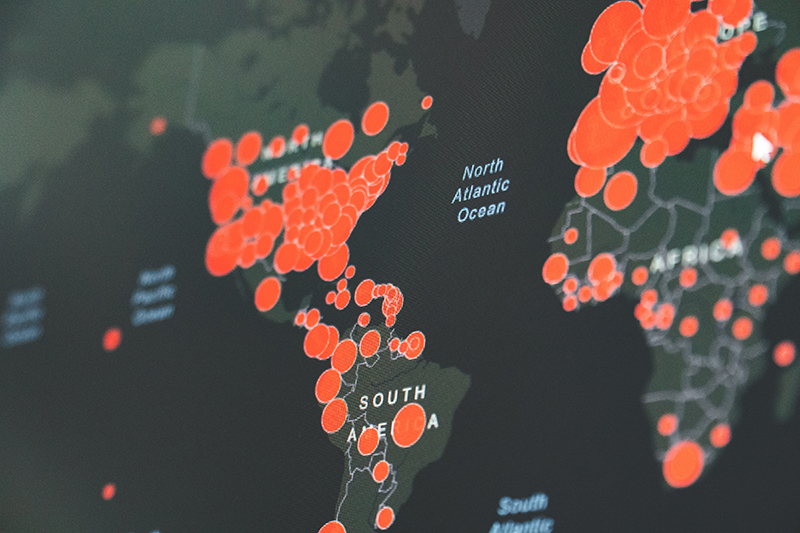
In this world that continues to turn increasingly digital, businesses are rapidly implementing advanced systems and software to enhance their operations. One such revelation is the advent of time attendance systems. However, our story begins not with the system itself but with a contagious threat that presents a unique challenge for maintaining a manageable and functional workforce — the Mycoplasma pneumoniae infection.
Mycoplasma Pneumoniae: A mobile threat
Mycoplasma pneumoniae is a bacterium that resides in the respiratory tract. It presents an infectious disease, often spreading in confined environments like workplaces, schools, or homes, causing pneumonia. The importance of monitoring attendance and ensuring a safe workspace becomes especially relevant in the presence of this pathogen.
The Birth of Time Attendance Systems
Traditional methods of tracking employee attendance, like manual entries or outdated punch cards, become not just inefficient during a pandemic, but also risky. They can become hotspots for bacterial transmission, thus increasing the odds of widespread health issues.
Consequently, the introduction of time attendance systems marks a revolutionary step in human resource management.
What Is A Time Attendance System?
A time attendance system is a technology that tracks and manages employee time, working hours, shifts, and leave status in real-time. It automates and streamlines business processes, vastly reducing the chances of errors compared to manual tracking. This digital approach also curtails the potential for spreading infections due to surface contact.
Benefits of Time Attendance Systems in a Pandemic Scenario
Implementing time attendance systems in hospitals, industries, and offices can yield a manifold of benefits, especially in scenarios of viral and bacterial epidemics like Mycoplasma pneumoniae:
Reduced Contact and Transmission
Time attendance systems with biometric features like facial recognition can completely eliminate the need for physical contact, thereby significantly reducing the risk of disease transmission.
Remote Monitoring
Cloud-based attendance systems can monitor and track employees working remotely, a crucial feature when quarantine and isolation protocols are in effect.
Urgent Notifications
These systems can also notify health or human resource departments in case of questionable time and attendance patterns, facilitating a swift response, which is particularly beneficial during an ongoing health crisis.
Improved Hygiene and Morale
The presence of time attendance systems which require no physical contact can also boost employee morale thanks to their contributions to enhancing workplace hygiene.
Time Attendance Systems: A Necessity and not a Luxury
The benefits of time attendance systems extend beyond the pandemic timeline. They improve workforce management, enhance productivity, and ensure accurate payroll processing. However, their relevance and significance during health crises like Mycoplasma pneumoniae infections quickly convert them from mere business tools into organizational essentials.
In essence, under the mounting pressures of contemporary health and workplace challenges, the integration of time attendance systems is not just a progressive move but also an essential one for continued operational success.
About Clockgogo
A cloud-based time attendance management system aims to make time tracking more easy and effective. Powered by the patented 4-level verification technology, Clockgogo provides HR staff with a peace mind upon time card management.
Fake GPS, buddy punching, hefty hardware costs, clumsy installation will not be problems anymore. With flexible and user-friendly roster planning and reporting capabilities, calculation of work hour, overtime and other time attendance results is just a click away.
Time card and time attendance results can also be retrieved through API for third-party HCM / HRIS / HRMS / HR system integration (e.g. Workday, Peoplesoft etc.).
Since its launch back in 2016, Clockgogo has already processed more than tens of millions faces and is widely adopted among global brands.

